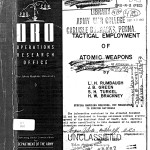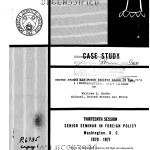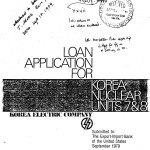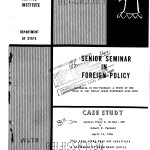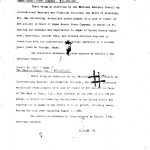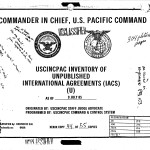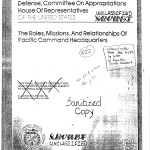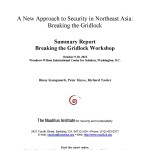
This summary report is based on the New Approach to Security in Northeast Asia: Breaking the Gridlock workshop, which convened senior international experts in the field of security in Washington, D.C. on October 9th and 10th, 2012. The purpose of this meeting was to access Morton Halperin’s proposal that establishing a Northeast Asian Nuclear Weapons Free Zone (NEA-NWFZ) would strengthen peace and security in the region, reinforce the nuclear non-proliferation regime and facilitate nuclear disarmament on the Korean Peninsula. The workshop built upon the findings of the East Asia Nuclear Security Workshop in 2011 to further explore the proposal’s limits, weaknesses and possible means of implementation.
Binoy Kampmark is a Lecturer at the Royal Melbourne Institute of Technology. Peter Hayes is the Executive Director of the Nautilus Institute and Richard Tanter is an Associate of the Nautilus Institute.



